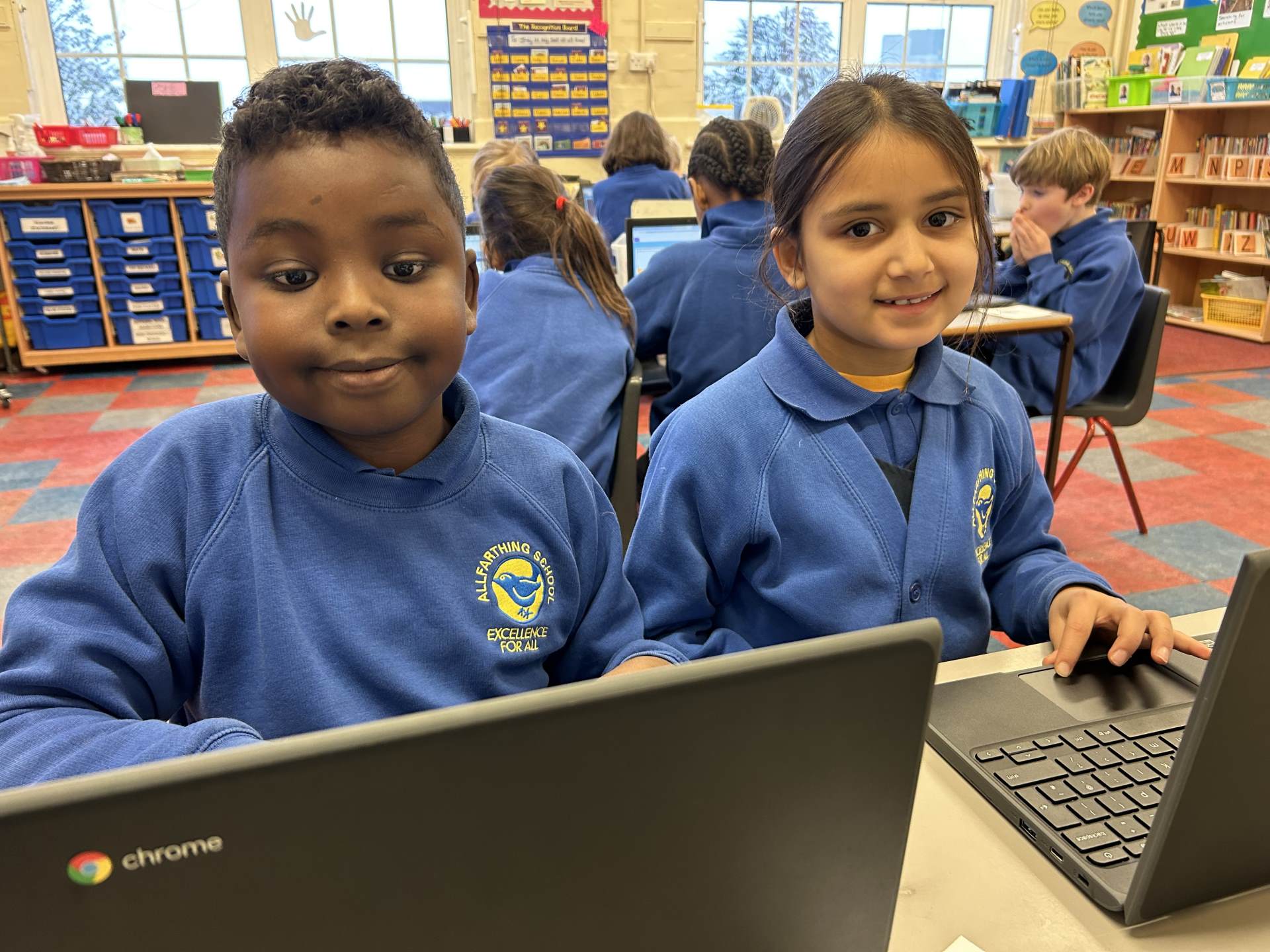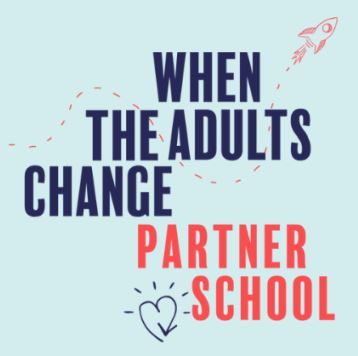
Computing
Intent
The aim of the computing curriculum is to ensure that children have the opportunity to develop their confidence and competency on a wide range of software and hardware. Children will build on previous learning to confidently use a wide variety of technology and programs. When needed, children will be offered extra support to allow all the opportunity to succeed. We intend to build and enhance children’s cultural capital through exposure to different experiences that they would otherwise not be able to access using iPads, Chromebooks and virtual reality. This will help bridge the gap between all pupil groups and provide the best chance for success. They will develop their problem solving skills and resilience to competently identify issues and debug their work accordingly. Children will apply these skills across the curriculum and understand the value of computing in everyday life. They will understand the dangers associated with using technology and have positive strategies to keep themselves safe online.
Implementation
Computing is embedded across the curriculum whilst also being taught in explicit sessions to ensure children gain the knowledge and skills they need. Teachers follow a comprehensive progression document and planning to best embed and cover every element of the computing curriculum. The knowledge/skills statements build year on year to deepen and challenge our learners.
Teachers identify opportunities to embed computing across the curriculum as appropriate – we aim for one hour per week of curriculum time to be dedicated to computing. All pupils are provided with opportunities to use a range of equipment and software. Reasonable adjustments are taken to ensure all pupils can access the computing curriculum and they are also provided with a chance to expand their learning. Teaching and learning is evidenced as appropriate to the work (written work, electronic work, planning). Teachers make informed judgements of pupil attainment in computing.
Lessons will involve looking at and recapping prior knowledge that is relevant to the new learning. Teachers will provide realistic and relevant information and specify key vocabulary. Children will be given the opportunity to work interactively with the teacher acting as the facilitator. Time will be allowed for individual reflection on the learning. Lessons may involve a combination of direct teacher instruction, modelling of skills and techniques, demonstration, exploration and questioning. Inquiry-based learning is encouraged through a mix of individual, paired and group learning and pupil-led learning.
Children have access to the hardware and the software that they need to develop knowledge and skills of digital systems and their applications. Teachers, through effective assessment, adapt provision to meet the individual needs within their class. Opportunities for the safe use of digital systems are considered in wider curriculum planning and is evident in classrooms and around school. Digital literacy and online safety will be the central focus of teaching at the beginning of every academic year. In addition, the school will celebrate Safer Internet Day in the spring term of the academic year. Parents are informed when issues relating to online safety arise and further information/support is provided if required.
Impact
Our intent is for all children to leave school as resilient, competent and computer-literate coders and researchers. Our computing curriculum will have ensured children have the tools to further their learning. The impact is measured through progress trackers, evidence of work, and interviews with pupils. Impact can also be seen in cross-curricular work through research projects, presentations and films created by pupils. Children will be able to build on these strong, extensive foundation blocks in secondary school and feel confident to learn.








Our Twitter